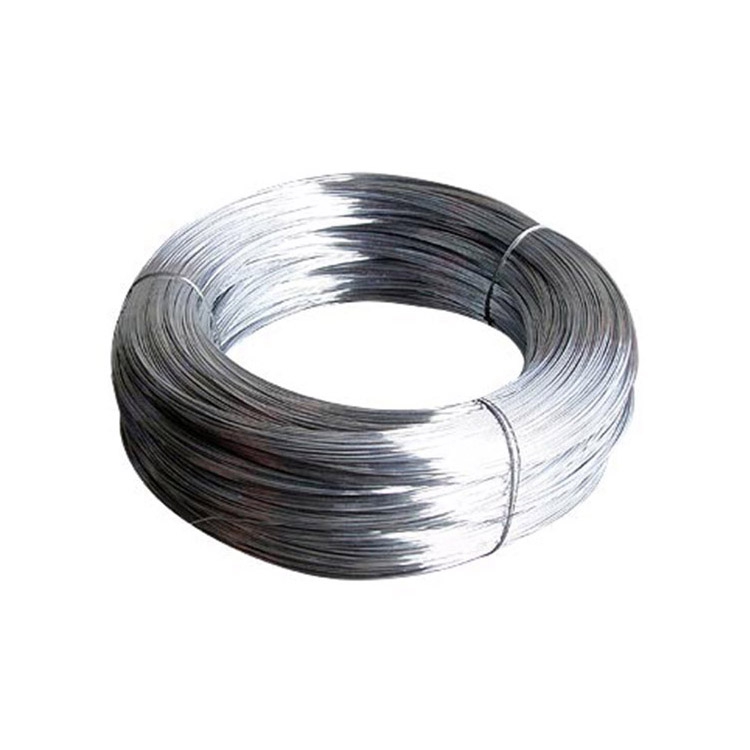High-Quality 16 Gauge Galvanized Iron Wire from Trusted Manufacturers
Understanding Galvanized Iron Wire The 16-Gauge Factory Perspective
Galvanized iron wire, particularly in the 16-gauge specification, has become an essential element in various industries due to its remarkable strength, durability, and resistance to corrosion. This article delves into the process of manufacturing galvanized iron wire, its applications, and the significance of factories specializing in the production of this vital material.
The Manufacturing Process
The process of producing galvanized iron wire begins with the selection of high-quality iron or steel wire. The wire is usually drawn to a specified diameter, in this case, 16-gauge, which is approximately 1.29 mm or 0.0508 inches. This gauge is favored in numerous applications due to its balance between strength and flexibility.
Once the wire has reached the desired thickness, it undergoes a galvanization process. Galvanization is the application of a protective zinc coating to iron or steel to prevent rusting. There are two primary methods for galvanizing wire hot-dip galvanization and electro-galvanization.
Hot-Dip Galvanization In this method, the wire is submerged in a molten zinc bath, allowing for a robust and durable coat. This approach is often preferred for its long-lasting properties, making it ideal for heavy-duty applications.
Electro-Galvanization This method involves the application of zinc through an electrochemical process. While it provides a thinner coat, it can be beneficial for applications where aesthetics are important or where the wire will not be exposed to harsh conditions.
Once the galvanization process is completed, the wire is cooled, coiled, and cut to the required lengths, ready for packaging and shipment.
Applications of 16-Gauge Galvanized Iron Wire
16-gauge galvanized iron wire has a plethora of applications across various sectors
galvanized iron wire 16 factory

1. Construction One of the most prevalent uses of 16-gauge galvanized wire is in the construction industry. It is utilized for reinforcing concrete, fencing, and as a component in wire mesh. The corrosion resistance of galvanized wire significantly extends the life of construction projects exposed to the elements.
2. Agriculture Farmers employ galvanized wire for fencing livestock, creating support for crops, and general farm maintenance. The durability of the material ensures that it can withstand outdoor conditions and the wear and tear associated with agricultural use.
3. Manufacturing In manufacturing, galvanized iron wire is used to create various products, including hangers, hooks, and brackets. Its strength makes it suitable for supporting heavy loads, while its corrosion resistance ensures longevity.
4. Crafts and DIY Projects The flexibility and workability of 16-gauge wire make it a favorite among DIY enthusiasts and crafters. It can be easily bent and shaped to create a wide range of decorative items, functional pieces, or art projects.
5. Automotive In the automotive industry, galvanized wire is often used in wiring harnesses to prevent rust, thereby enhancing the vehicle's durability and performance.
The Role of Factories in Production
Factories that specialize in the production of galvanized iron wire play a crucial role in the supply chain. They are equipped with the necessary technology and skilled labor that ensure each product meets stringent quality standards. These facilities not only focus on the efficiency of the production process but also emphasize sustainability by implementing practices that minimize waste and reduce environmental impact.
Quality control is a significant aspect of factory operations. Regular testing of the galvanized coating's thickness, adhesion, and overall integrity ensures that the wire produced is reliable and meets the specifications required by various industries.
Conclusion
In summary, galvanized iron wire, especially in the 16-gauge specification, represents an essential material in numerous industries. Understanding the manufacturing processes and the various applications highlights its importance in daily life. Factories specializing in this production are vital in ensuring a consistent supply of high-quality wire, driving innovation and efficiency. Whether in construction, agriculture, manufacturing, or crafts, galvanized iron wire continues to be a preferred choice owing to its unparalleled durability and corrosion resistance. As industries evolve, so too will the methods and technologies employed in the production of this indispensable material, paving the way for enhanced performance and sustainability.
-
Wire Mesh Solutions for Modern Industrial Needs
NewsJul.17,2025
-
Steel Wire Powers Modern Industrial Applications
NewsJul.17,2025
-
Iron Nails Big Iron Nail Price Guide Bulk Buyers
NewsJul.17,2025
-
Durable T Post Solutions for Industrial Fencing Projects
NewsJul.17,2025
-
Durable Hexagonal Wire Netting For Modern Applications
NewsJul.17,2025
-
Building Material Wholesale Solutions for Modern Construction Needs
NewsJul.17,2025














